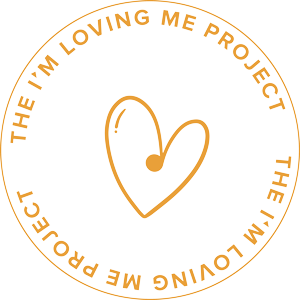Breast cancer prevention — yes, it sounds scary, but as women, it’s something that we always have to consider. Maintaining the health of your “girls” is key for every woman, and luckily, there are many proactive steps you can follow to promote the health of your breasts, along with your overall well-being. Taking the time to incorporate these practices into your everyday routine will feel empowering and provide you with a sense of confidence. Knowledge and making informed choices can make you feel real sexy!
With breast cancer, among many other forms of the disease, early detection is key. This means that if you discover a lump or bump before it spreads or worsens, the chances of survival are much higher. According to the National Breast Cancer Foundation, the 5-year relative survival rate is 99% if you detect the cancer early. Also, early detection can mean less treatment and less recovery time.
Because we always have to pay attention to our mental health, our physical health often falls by the wayside. But our physical health is just as important. Take this time to create a breast health action plan, combining self-monitoring with scheduled professional check-ups.
The importance of self-examinations
It may sound silly, but feeling your melons up once a month can save your life. The first few times may feel awkward, however, you’ll have the hang of it in no time. Breast self-examinations are best done in two parts: what you see and what you feel.
First, stand in front of the mirror and look at your breasts. Do you notice any dimples or puckering? Are they symmetrical? Have they changed in size or shape? If the answer is “no”, that’s great news! For this step, be sure to have your hands on your hips.
For the last part of the self-examination, it’s best to lie down on your bed. Put your opposite hand of the breast you will first examine behind your head. For example, put your right hand behind your head and use the fingers of your left hand to feel around for any changes, lumps, or bumps. It’s crucial to note that not every bump is cancerous, but it should be discussed with a doctor. During this self-examination, push down hard on your breast and even travel up to the area near your armpit as breast cancer can develop close to that area. A lump might feel pea-sized or grape-sized.
Don’t shy away from screenings
Mammograms and other types of breast cancer screenings aren’t necessary until you hit your 40s, unless you have a family history of the disease. In this case, you should discuss with your doctor and will likely have to go sooner. While mammograms don’t seem overly pleasant and nobody is ever looking forward to their appointment, it’s a relatively easy and painless way to ensure the health of your breasts. So, please, take this as a sign to book your next appointment — it’s suggested that you go for a routine mammogram every two years.
Understanding changes
There are many things that can contribute to changes in a woman’s breasts aside from cancer. Menopause, pregnancy, menstruation, and hormonal imbalances can all make your girls feel or look a little different.
If you find a new lump or an area of tissue that feels thicker than usual, a change in the shape, size, or appearance, or pain that doesn’t go away after a period, it’s a wise idea to consult with a healthcare professional.
How a healthy lifestyle can contribute to breast health
It’s possible to reduce your risk of breast cancer by following a healthy, balanced lifestyle. Don’t worry — you can still go for Happy Hour cocktails and appies with your friends on Fridays — it’s all about balance.
Engaging in regular physical activity can help you maintain a healthy weight, in turn, preventing breast cancer. Even if you have a hectic work schedule, just try to sit less. On your lunch break, go for a brisk walk or hit the stairs that lead you from the lobby to your apartment building. Ideally, you should be doing a mix of cardiovascular activity and strength training every week.
Steering clear of bad habits like the excessive consumption of alcohol, smoking, and not getting enough sleep can also promote positive breast health.
And last but certainly not least: pay attention to your diet. Consuming foods that are rich in antioxidants like berries, spinach, potatoes, artichokes, broccoli, collard greens, squash, kale, pumpkin, and avocados, may reduce your risk of developing certain cancers and heart disease. These powerful antioxidants remove free radicals from the cells in your body, preventing any damage caused by oxidation.
Next time you’re thinking of ordering UberEats, opt for that kale salad, sista!
Your health is one of the most important things in your life — it should absolutely never be taken for granted. Undoubtedly, with these simple tools, you’ll be able to feel confident and proactive about your breast health!




